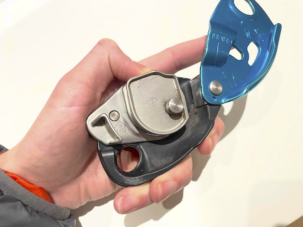As with all the content on this website, we’re providing you with our opinions. Your safety is still your responsibility, and we will not be held responsible for any consequences arising from the use or misuse of information contained here, howsoever caused.
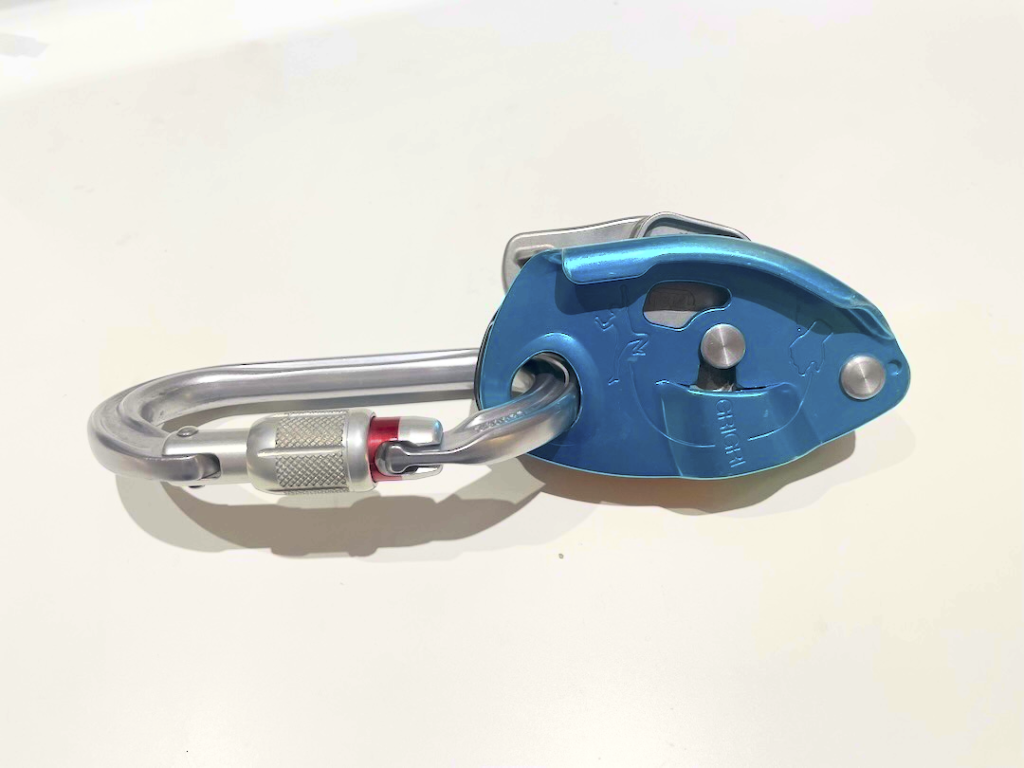
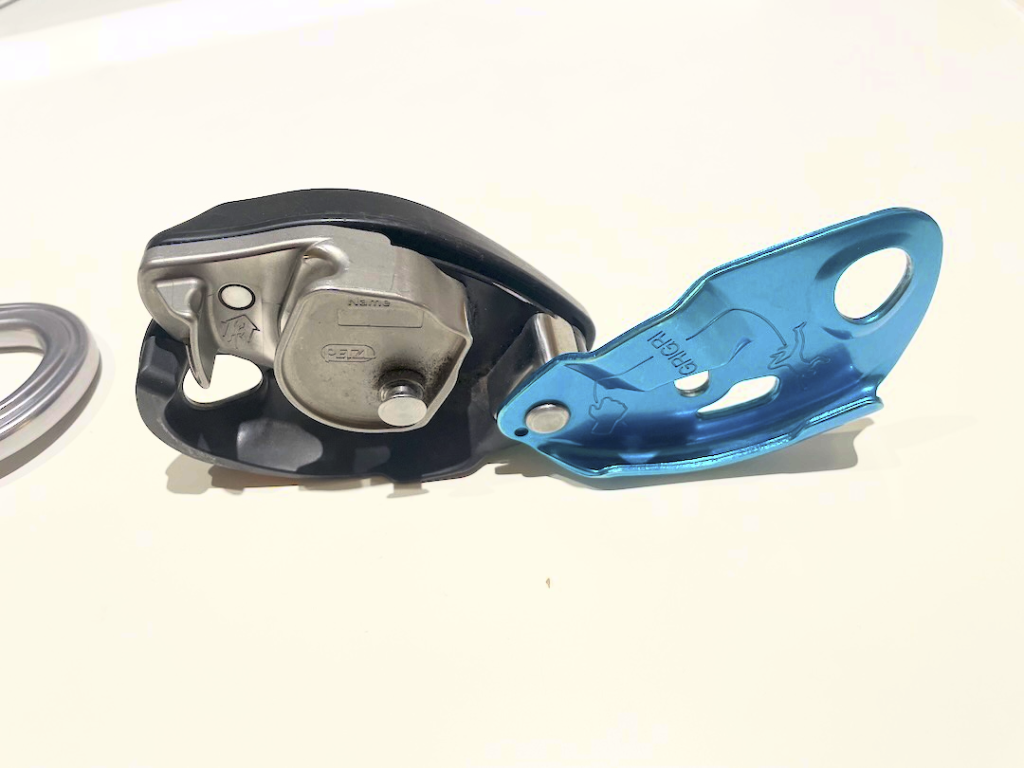
The Bottom Line
 (4 / 5)
(4 / 5)
The Petzl Grigri is one of the most popular assisted-braking belay devices on the market, and with good reason. It is available at a relatively good price, is intuitive and easy to use, and provides an extra layer of safety and reassurance to both climber and belayer.
Purchasing
Because it is so ubiquitous, the Grigri is available from almost all good climbing shops. Petzl has a good dealer-locator tool on its website, but my favourite retailer in the UK are Dick’s Climbing. Dick’s is often slightly cheaper, but the Petzl Grigri goes for around £90.
Uses and Climbing Styles
The Petzl Grigri is a versatile device with lots of uses, but the most common (and the two I have most experience with) are using it to belay a top-rope climber or a lead climber. For the purposes of this review, I’ll stick to these two.
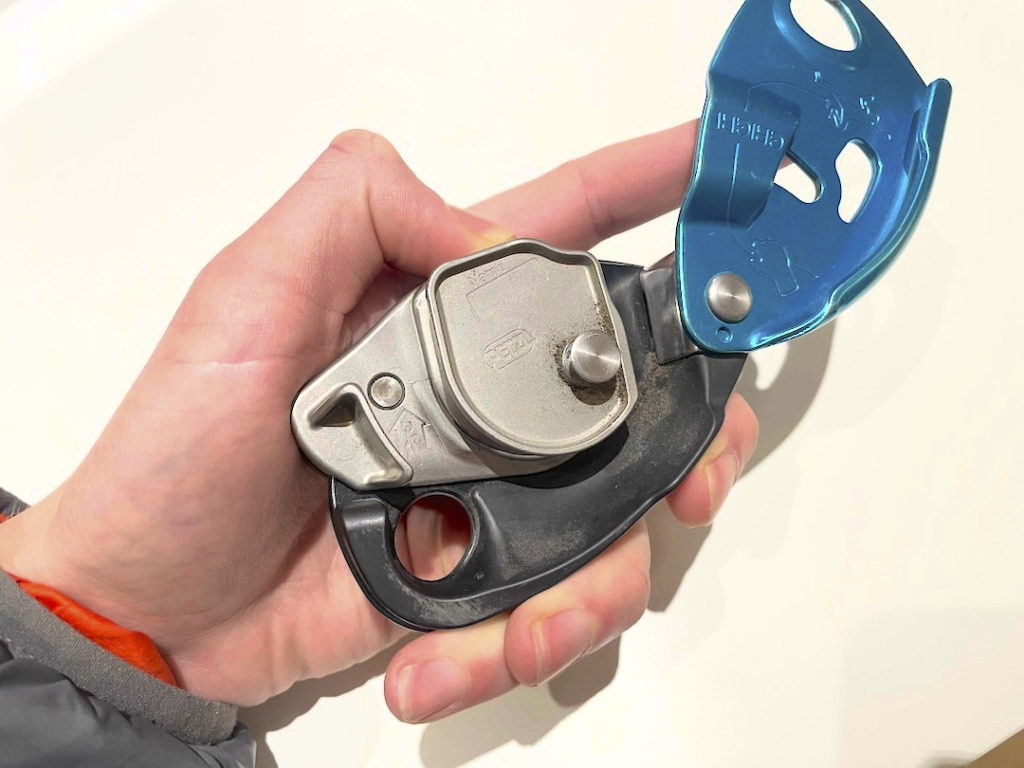
Setup for both is the same – with the carabiner removed from the device, you open its side plate and loop the rope around the cam. You then close the device and lock it using the same carabiner you clip to the belay loop on your harness. If, like me, you teach climbing, this can get annoying when you’re belaying lots of people in turn: you have to completely remove the device from your harness to feed through a new rope. The Edelrid Megawatt provides an elegant, if often overkill, solution to this problem. The Grigri is also slightly annoying in that the gate of the carabiner, with its screw, is too think to fit through the hole in the device. This means you can’t fully rotate the carabiner (e.g. to flip ends on an HMS).
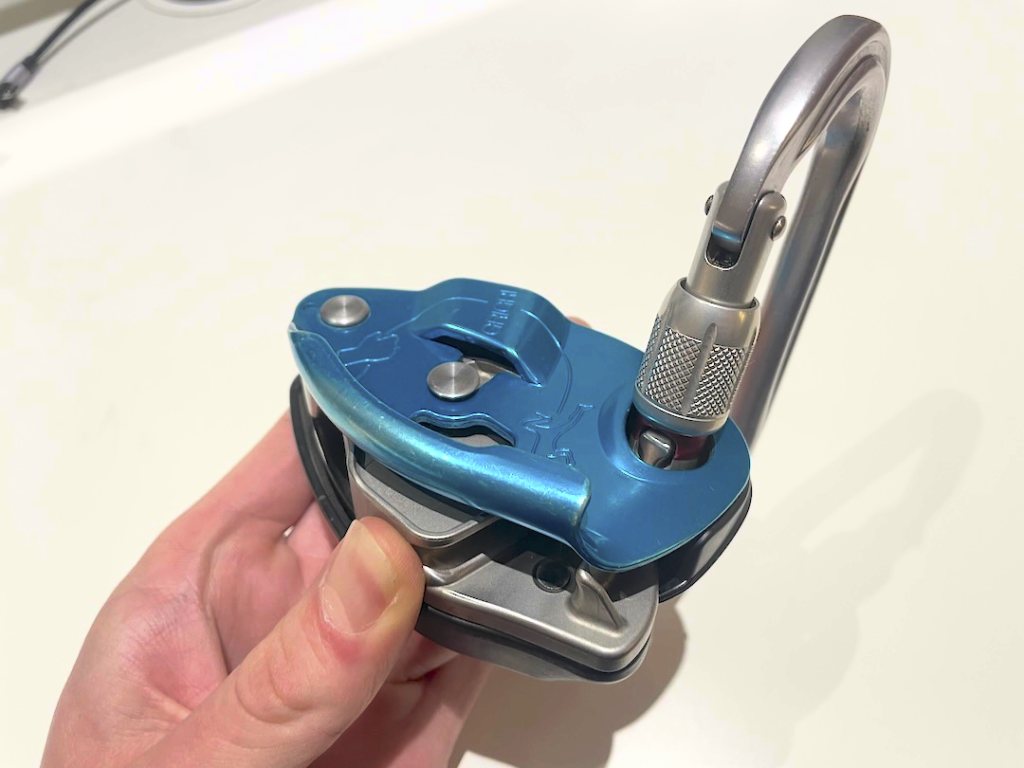
Top-Rope Belaying
Top rope climbing involves almost exclusively taking in slack (except for when lowering of course – I’ll cover that separately). For this, a Grigri behaves very similarly to a regular (tubular) belay device. Taking rope is extremely smooth – you just need to raise your brake hand slightly and pull, while pushing with the other hand. Once done, lower the brake hand and the device is again ready to catch a fall. No extra thought is needed – but make sure you get someone to show you how to do it before using the device for the first time.
Lead Belaying
With lead, you will often find yourself giving out slack (so that the climber can climb and clip). Because the Petzl Grigri is an assisted braking device, always trying to catch, there is a bit more of a knack to this. With new Grigris used on fresh rope, you can often just feed rope through by just doing a reverse take, but, as the Grigri wears in and its spring weakens, or the rope becomes less shiny and new (often the case with climbing centres’ ropes), you need to help it. My favourite way to do this is to use the thumb on my right hand (holding the device) to briefly hold down the back of the locking cam, while pulling rope through with the other hand. Obviously it is important to move your thumb as quickly as possible – while it’s there the device wont lock. This usually works well, but with thicker ropes it can occasionally still jam.
Lowering
The Petzl Grigri offers a no-frills, functional lowering experience that is hard to fault. Some newer belayers may find it hard to lower at a consistent speed (the spring tension can take some getting used to, especially with older ropes) but this is equally true of any belay device. Once the climber has reached the top of their climb, simply pull the black lowering handle gently, controlling the speed of descent by pulling & releasing the handle.
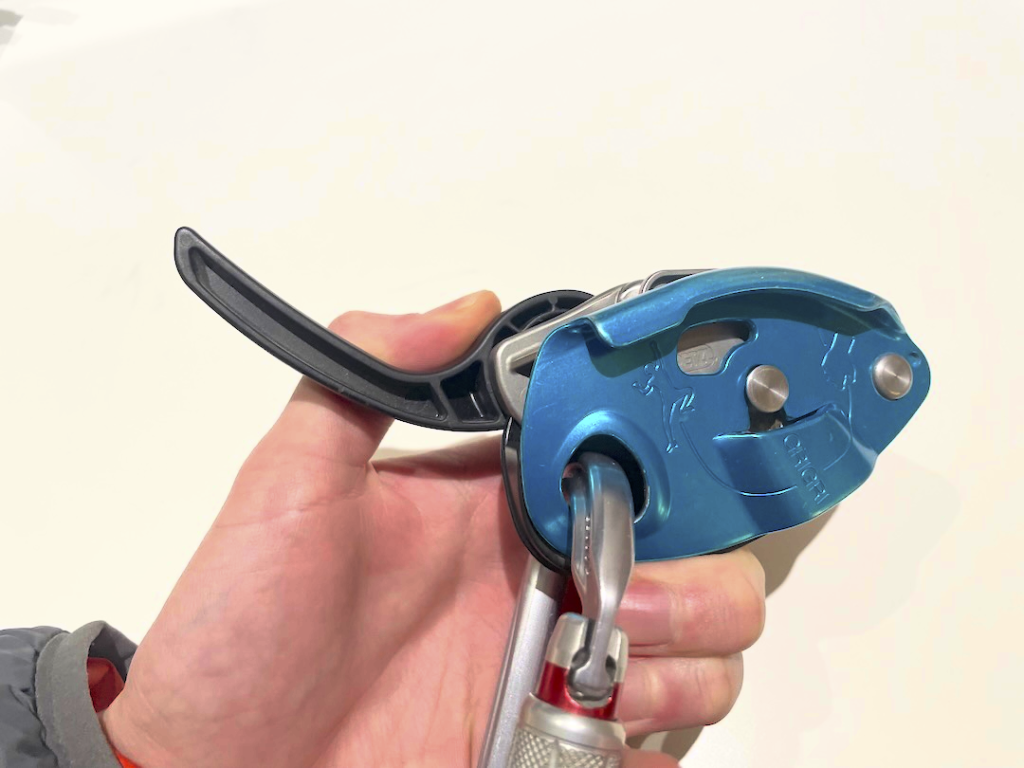
The regular Grigri has no so called ‘panic feature’ on the lowering handle (where pulling the handle too far makes the device re-lock), though the Grigri+ does (and so does the Megawatt). To be honest, though, this doesn’t seem like a vital feature to me – indeed many people find the Grigri+ version quite annoying (though I haven’t tried it). The Megawatt’s anti-panic feature is better though, and actually adds functionality.
General Comment and Other Options
Overall, the Grigri is a fantastic addition to any climber’s kit list. It makes for a great, robust belay device that can handle most falls (if used correctly) and takes some load off the belayer. Of course, as with any PPE, it still needs to be used correctly: Hard is Easy on YouTube has some particularly good analysis on how it can go wrong. Don’t be alarmed, however – it’s a great device in a lot of situations.
Assisted braking belay devices live in a crowded market and there are, of course, many alternatives out there: I have already mentioned the Edelrid Megawatt (technically a descender not a belay – see my post here), which is at the heaviest-duty end of the spectrum. Other more Grigri-like deices include the Neox from Petzl, brand new Edelrid Pinch, or you might find all you need is a simpler device more like a tubular belay with extra protection – like the Edelrid Jul or the Mammut Smart.

